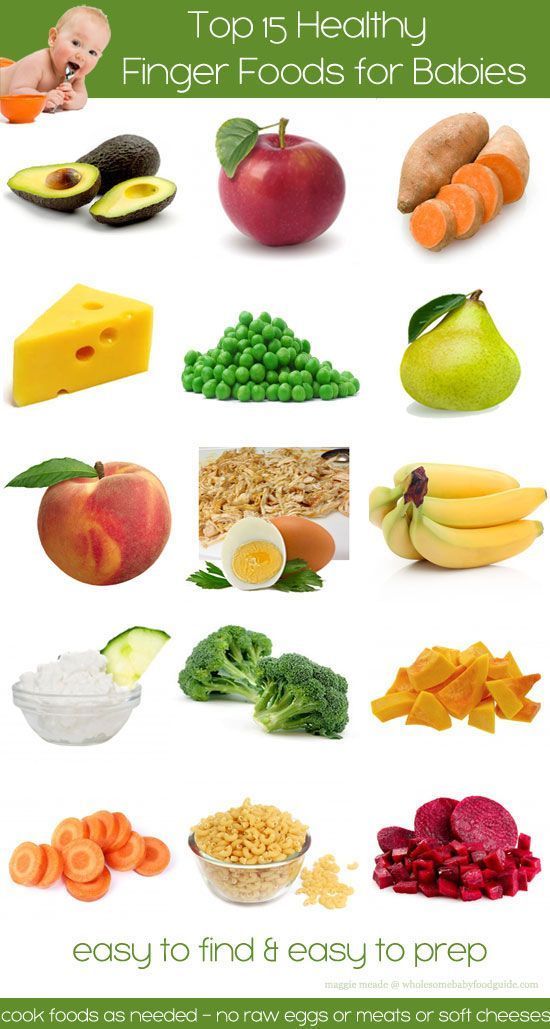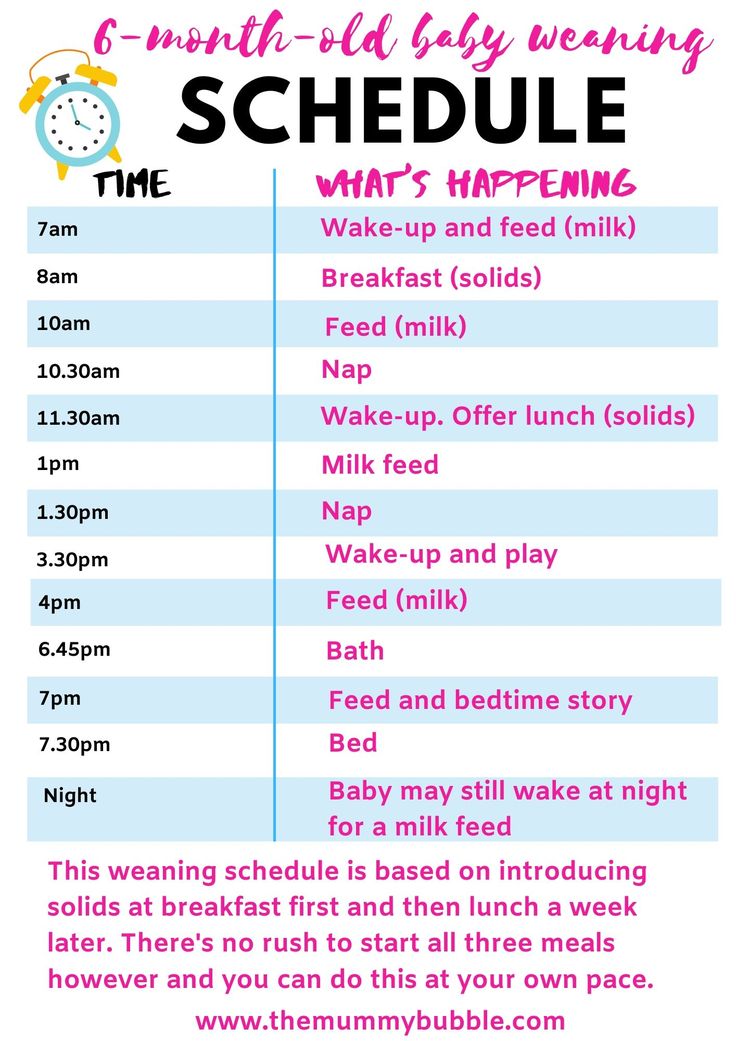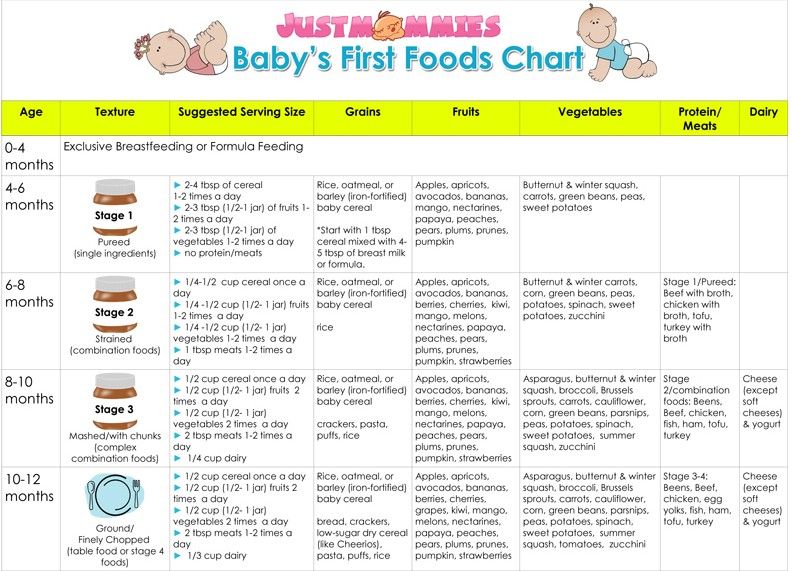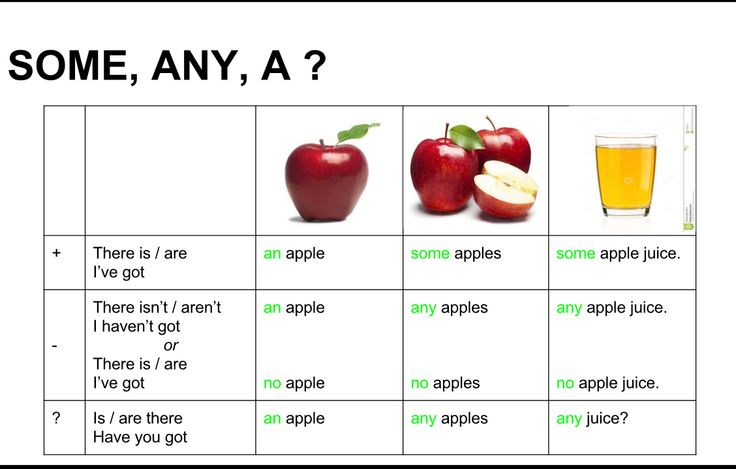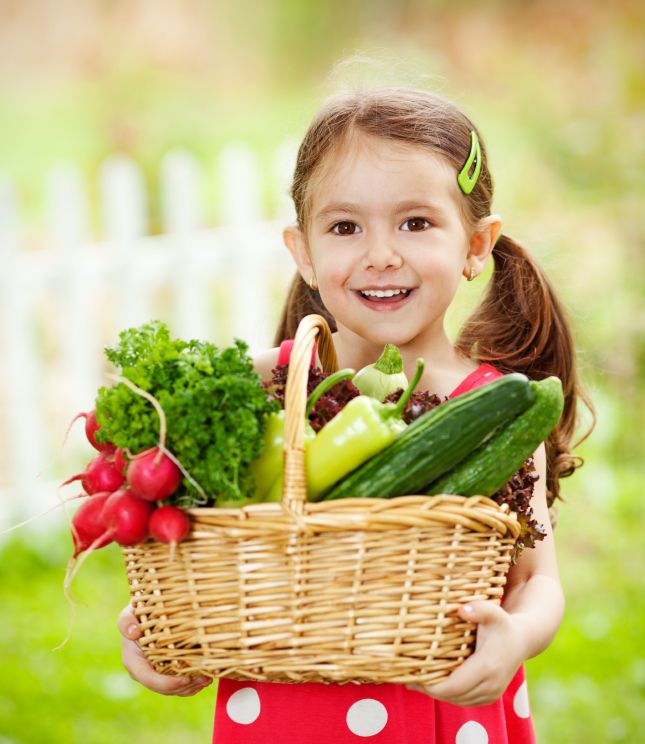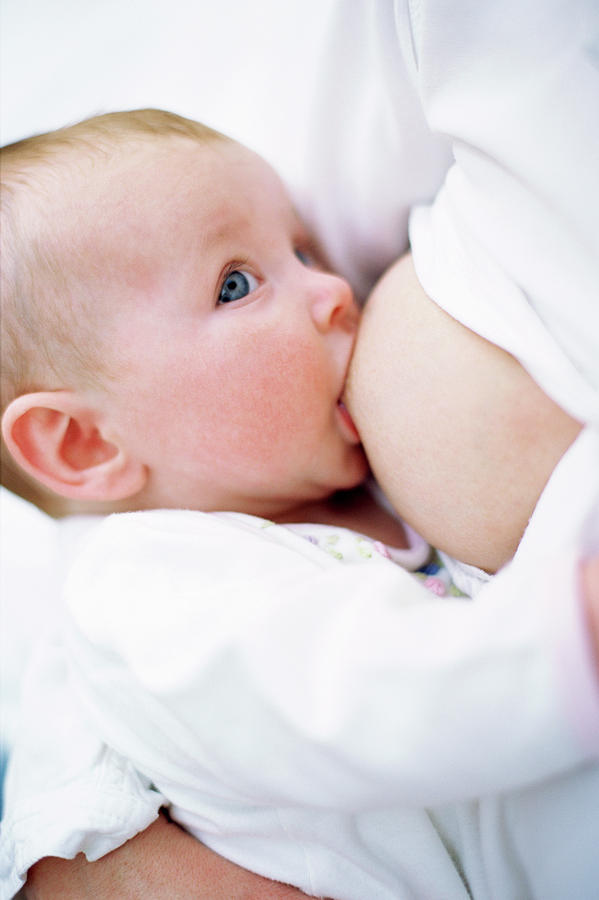Foods for 8 months old baby indian
8 MONTHS INDIAN BABY FOOD CHART with Recipe Videos
By 8 months, most of the babies may be crawling and would also be pushing hard to stand up. Also probably beginning to master the pincer grasp picking up small food pieces or objects and feeding themselves. Please find this 8 MONTHS INDIAN BABY FOOD CHART with Recipe Videos.
You can now introduce finger foods to encourage self-feeding to your baby’s diet. You may also introduce some aromatic & a small number of hot spices to develop the taste buds of the little tongue.
Do not force the baby and let him/her develop eating habits at their own pace. Just encourage them by introducing different foods.
What is Finger Food?
Finger foods are foods that can be eaten by using fingers instead of spoons, forks, knives, etc. It is very important to introduce finger foods by 8 months, as most babies develop their motor skills by then.
Quantity of Food to be given to 8 months old
The quantity depends on the liking and the baby’s hunger of the baby. The approximate amount is 1/2 cup. Do not force-feed the baby. You can offer 2 meals & a snack for 8 months baby, along with breastfeeding and/or formula milk. You may decide the timings for meal & snack as per your convenience.
Things you should keep in mind
• Thick consistency food
• Introduce different taste, flavor & texture food
• Always given freshly prepared food
• Do not forcefully feed your child
• Gradually increase the portion
• Always feed the baby when he/she is sitting. Do not feed when the baby is lying on back
• Sterilize the bowls, spoons, vessels used to feed the baby in hot water
• No salt, sugar, or honey for the baby until 1 year
• Always feed breast milk/formula milk on demand of the baby
• Steaming is healthier than pressure cooking.
What foods can be given to 8 months old?
• Breast Milk – Continue breast milk or formula milk
• Fruits – Apple, Banana, Mango, Sapota / Chiku, Pears, Plums, Pumpkin, dates, figs, grapes
• Vegetables – Boiled & mashed vegetables like potato, carrots, sweet potato, green peas, cauliflower, beans, leafy vegetable
• Cereals & Pulses – Cereals and pulses such as rice, barley, ragi, sooji/semolina, broken wheat/ daliya, chickpeas, green gram/ moong, urad dal, and oats
• Combinations – Experiment with different combinations or mixtures of food. Like fruit & cereal, Vegetables & pulses or lentils, etc
Like fruit & cereal, Vegetables & pulses or lentils, etc
• Dairy – Curd/yogurt, paneer/ cottage cheese, tofu
• Spices: Turmeric, garlic, ginger, asafoetida, cumin seeds, pepper, coriander seeds, fennel seeds, caroms, fenugreek, mustard seeds, cinnamon, nutmeg, cardamom (all can be added in little amount say a pinch)
Video: 8 MONTHS INDIAN BABY FOOD CHART with Recipe Videos
https://youtu.be/Z-U99FYkGCU
- To watch this video in Kannada – 8 ತಿಂಗಳು ಶಿಶು ಆಹಾರ ವಿಧಾನ
- To watch this video in Hindi – 8 महीने के बच्चे का आहार विधान
8 MONTHS BABY – INDIAN FOOD CHART SAMPLE
Below is the sample Weekly Baby Food Chart With recipes (please refer to hyperlinks to get the recipes) for 8 Months you can refer.
8 MONTHS INDIAN BABY FOOD CHART – WEEK 1
| Days | Breakfast | Lunch | Dinner |
|---|---|---|---|
| Monday | Oats Porridge | Foxtail Millet Veg Fried Rice | Pumpkin Puree |
| Tuesday | Instant Moong Rice Khichdi | Oats Pancake Spicy | Vegetable Dal Soup |
| Wednesday | Sathu Mavu Aloo Cutlets | Dates & Raisins Poha Kheer | Carrot Coins Finger Foods |
| Thursday | Kerala Banana Powder Porridge | Spinach Oats Dosa & Pancake | Instant Poha Fruit Porridge |
| Friday | Stewed Apple | Daliya Khichdi With Moongdal | Potato Soup |
| Saturday | Sprouted Health Mix - Sathu Mavu | Ragi Rotti | Carrot Tomato Soup |
| Sunday | Sweet Potato Puree | Instant Makhana Porridge | Vegetable Dal Soup |
8 MONTHS INDIAN BABY FOOD CHART – WEEK 2
| Days | Breakfast | Lunch | Dinner |
|---|---|---|---|
| Monday | Wheat Daliya | Sugarless Sabudana Kheer | Spinach Soup |
| Tuesday | Sprouted Ragi Milk | Oats Mooli Paratha | Apple Rice Baby Food |
| Wednesday | Bajra Rice Khichadi | Instant Ragi Dosa - Sweet | Pumpkin Soup |
| Thursday | Oats Porridge | Little Millet Seviya Upma | Vegetable Mash |
| Friday | Sathu Mavu - Multigrain Porridge | Makhana Sooji Kheer | Rice & Dal Kanji |
| Saturday | Ragi Oatmeal Porridge | Foxtail Millet Dosa | Carrot & Dal Mash |
| Sunday | Pumpkin Kheer | Barley Moong Khichdi | Cauliflower & Corn Thin Soup |
8 MONTHS INDIAN BABY FOOD CHART – WEEK 3
8 MONTHS INDIAN BABY FOOD CHART– WEEK 4
| Days | Breakfast | Lunch | Dinner |
|---|---|---|---|
| Monday | Barley Apple Porridge | Spinach Paneer Rice | Pumpkin Puree |
| Tuesday | Ragi Kheer / Halwa | Rice Cereal | Spinach Puree / Soup |
| Wednesday | Kerala Banana Powder Porridge | Apple & Little Millet Rice / Kheer | Baked Veggies |
| Thursday | Sooji Halwa/ Kheer | Egg Recipes For Babies | Papaya Puree |
| Friday | Sprouted Health Mix - Sathu Mavu | Ragi Apple Pancake | Beetroot Puree / Soup |
| Saturday | Instant Poha Fruit Porridge | Aloo Paratha | Kerala Banana Halwa |
| Sunday | Barley Porridge | Sabudana Veg Khichdi | Vegetable Soup |
Note :
• These are ideas of Foods which can be given to 8 months baby.
• We have kept their nutrients requirements per day in mind while designing the Food Chart.
• You may include 6 Months Baby Food Chart & 7 Months Baby Food Chart recipes also.
• You can introduce or repeat any food as per your choice and baby’s liking.
• 3 days rule doesn’t hold good anymore and hence new food every day is followed in the meal plan for 6 months baby as well.
• It’s good to introduce varieties of Flavors and Foods to baby before a year to avoid any allergic issues in the future.
• Most importantly babies need different tastes and textures daily, just like we so do not bore them with repetitions and make them hate food.
You can also buy Organic Certified Homemade Fresh Baby Food from our Store
TOTS AND MOMS FOODS -Preservatives, Additives, Sugar or Milk Solids Free Baby Foods. With a wide range of Cereals, Health Mixes & Instant Foods
Thank you for reading this article.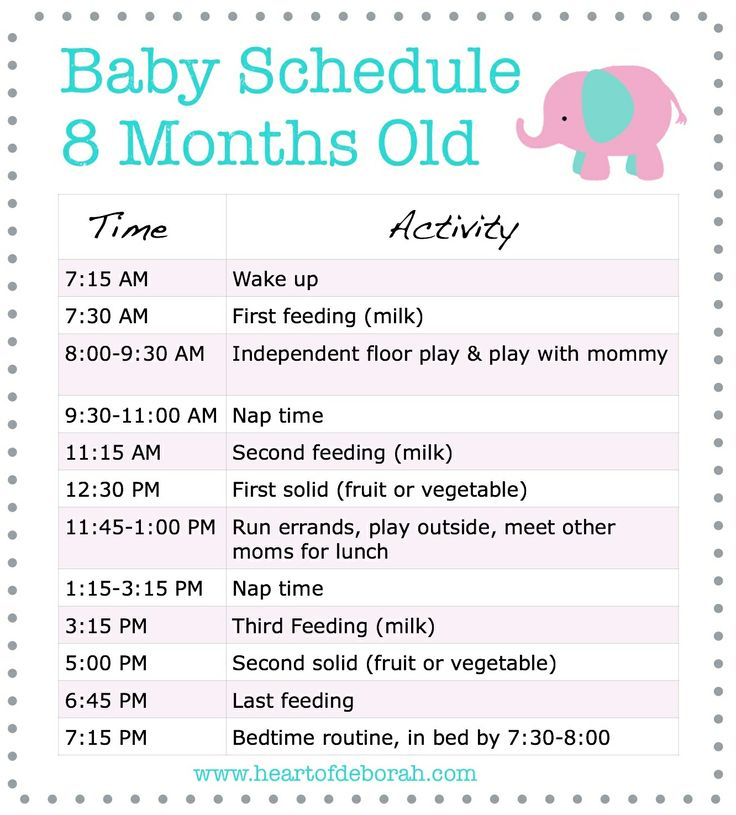 For regular updates please join our Instagram, Kannada Instagram Page, Facebook Page, Whatsapp Group, Pinterest, and our YouTube Channel. You can also join our Facebook Group for regular discussions. Please don’t forget to leave a comment below.
For regular updates please join our Instagram, Kannada Instagram Page, Facebook Page, Whatsapp Group, Pinterest, and our YouTube Channel. You can also join our Facebook Group for regular discussions. Please don’t forget to leave a comment below.
Views: 28,920
Baby food chart with recipes for 7 months to 1 year Indian baby & toddlers
By Swasthi on August 6, 2022, Comments,
Indian baby food chart along with a list of tried & tested 60 Indian baby food recipes. Thanks to the readers who led me to this post on Indian baby food chart. Before I take you to the details of the food chart and the food recipes, please be informed that this post is based on my experience. I have honestly expressed my views and opinions on easy baby weaning so that it could be helpful to new mothers.
Please read the comments below before posting your queries since similar queries may have been answered.
Well, some of my tips might look like old wives tales since they are based on Ayurveda, but I do trust them in growing healthy and happy babies. However I suggest consulting your elders or pediatrician before you follow any new foods or tip that have been mentioned here.
However I suggest consulting your elders or pediatrician before you follow any new foods or tip that have been mentioned here.
For the past several years, I have been consistently sharing & updating baby recipes especially for a good weight gain. You can find all the latest recipes or ideas on the baby toddler recipes section.
Readers who have been asking for suggestions on foods to gain weight, please check this detailed post on best foods for weight gain in babies & toddlers.
Is this baby food chart suitable to my Baby?
This Indian baby food chart is a generalized one suitable for most babies. However i suggest you to use your judgement whether to include or not, certain ingredients in your babies diet based on your babies allergies, intolerance, appetite, likes and dislikes.
I have tried to link most Indian baby food recipes that I have posted earlier on this blog. Many were written almost 5 years ago and are updated regularly with new tips based on the readers reviews.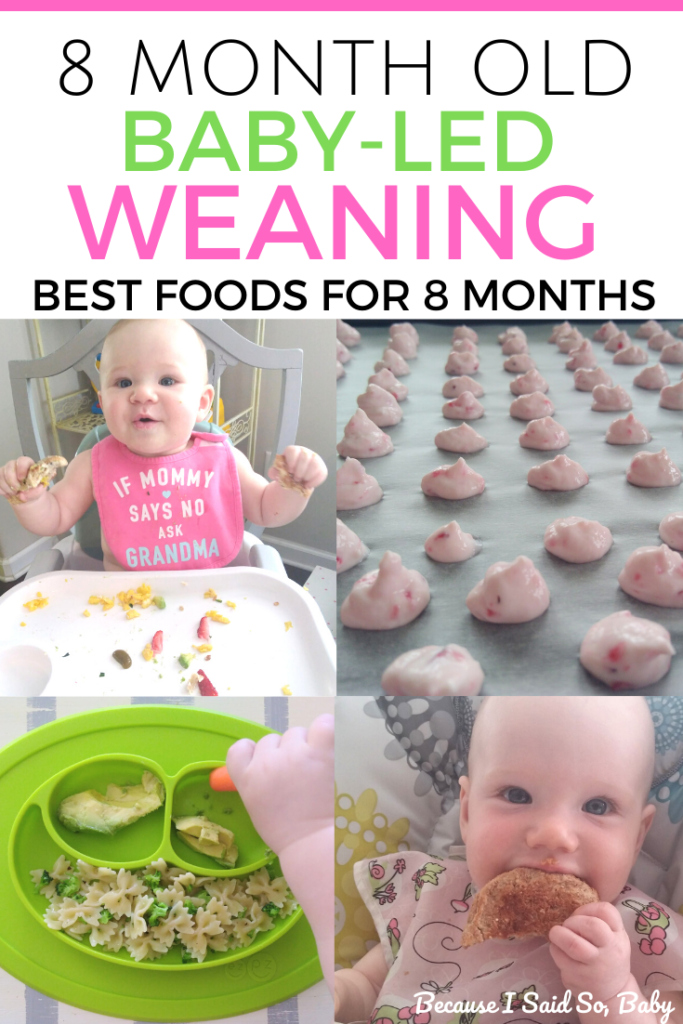
This Indian baby food chart was developed by me based on what i fed my 2 kids, whose birth weight was 3.3 kgs and 3.4 kgs. The ideas were basically drawn from the health and baby weaning booklets that were given to us during our visits to the singapore clinics, hospitals and few from clinics in Bangalore.
This chart is also suitable to babies who were preterm born or were underweight. However I suggest mums with such babies to consult a pediatrician if you are skeptical about these foods.
This post will be updated, to include tips and other information. You can leave a comment here if you want to know anything specific which will be answered. Please feel free to share or discuss your experiences, views, problems that you encounter while weaning your babies in the comment section. It could be helpful to other readers, it’s through sharing we can learn.
When to introduce food to baby – 6 months to 1 year
Here is a brief guide on the right time to introduce foods. But how to introduce them can be found in the recipe posts. Example: Oats or oatmeal – I have mentioned clearly how to choose them and the kind you can use and how to prepare it for a baby.
But how to introduce them can be found in the recipe posts. Example: Oats or oatmeal – I have mentioned clearly how to choose them and the kind you can use and how to prepare it for a baby.
You can find a a detailed baby food chart for 6 months old baby here along with recipes.
This Indian baby food chart and the baby food recipes have been developed for a good weight gain in babies.
Indian baby food chart for babies above 7 months or from 8 months
| Milk – (skip milk if baby wakes up after 8 am, make a milk based breakfast from breakfast section) |
| One of the following: APPLE RICE CEREAL Quick fix breakfast (for 8 to 18 months): |
 15 am 15 am |
| One of the following: Steamed apple (raw apple for babies older than 12 months) |
| Try using whole grains like RAGI OR FINGER MILLET Try one of the following DALIA KHICHDI (vegetable broken wheat food) For a lighter meal, if the baby has colic mashed rice with dal ka paani with a pinch of ajwain(strained dal soup) |
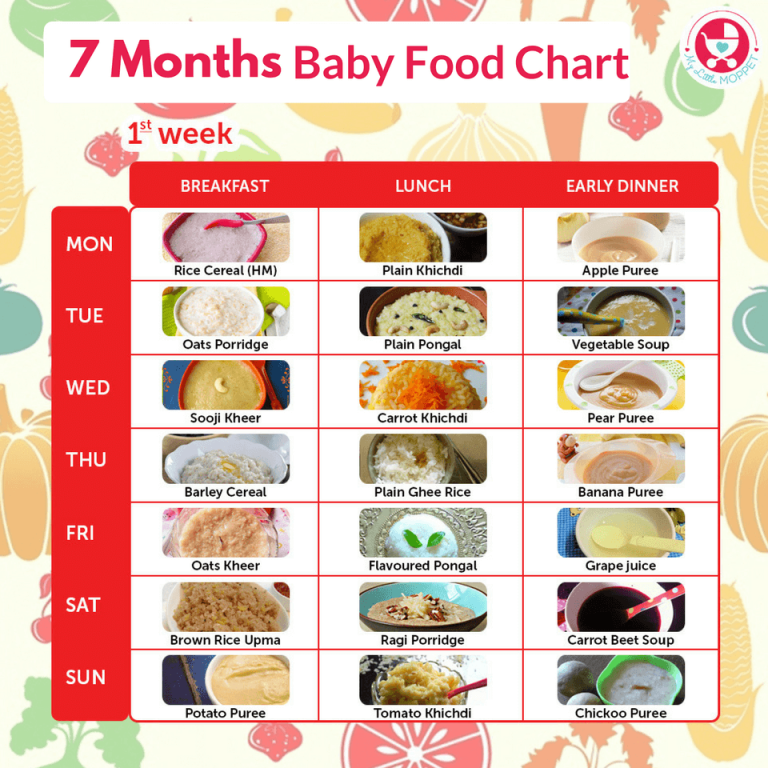 30 to 3 pm 30 to 3 pm |
| Fruits or steam cooked mashed veggies |
| One of the following: Large serving of Milk |
| Please Note: Feeding late can cause indigestion and the infant may not sleep due to colic. Avoid feeding heavy foods. Dinner should always be light, nutritious, mostly vegetable based. For babies from 10 to 12 months prefer light foods from breakfast section. Avoid egg & nuts. Babies above 12 months : Any foods mentioned in the breakfast and lunch can also be served for dinner. Other options mashed rice with dal ka paani (strained dal soup) |
| Large serving of Milk. Make sure there is a gap of at least 1 hour 30 mins in between the completion of dinner and milk. For babies above 12 months: If the baby is still hungry after the milk, can feed some light crackers. |
Related post: how to make ragi flour for babies or toddlers’ porridge
Tips to increase the appetite in babies
1. Try to serve fruits 1 ½ to 2 hours before a meal. They tend to make the infant feel hungry naturally. Do not serve fruit with a meal.
2. Do not mix fruits with dairy especially milk.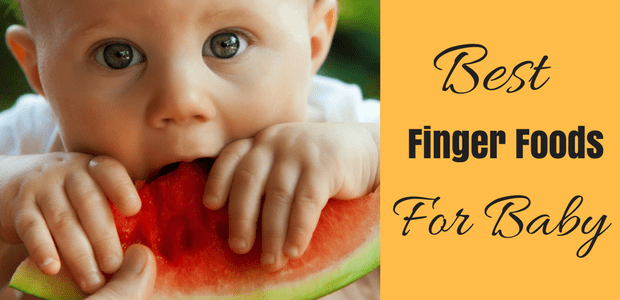 It leads to indigestion.
It leads to indigestion.
3. Babies need exercise, let them play and crawl or run around. Don’t confine them to a small area. For toddlers / babies who can walk, a small walk in the neighborhood before a meal can make them hungry.
General Tips:
1. If you have a very fussy baby, avoid milk in the early morning and serve milk based breakfast mentioned in the table.
2. Serving bread or any other baked stuff to babies, leads to colic or bloating due to the ingredients like baking soda, powder, yeast etc.
3. Limit crackers or biscuits to only once a day, avoiding is however better.
About Swasthi
I’m Swasthi Shreekanth, the recipe developer, food photographer & food writer behind Swasthi’s Recipes. My aim is to help you cook great Indian food with my time-tested recipes. After 2 decades of experience in practical Indian cooking I started this blog to help people cook better & more often at home. Whether you are a novice or an experienced cook I am sure Swasthi’s Recipes will assist you to enhance your cooking skills.
Whether you are a novice or an experienced cook I am sure Swasthi’s Recipes will assist you to enhance your cooking skills.
Follow Swasthi’s Recipes
Email sign up to receive awesome Swasthi’s Recipes in your inbox *
Popular Recipes
Featured Recipes
Diet for an 8-month-old baby
In the ninth month, fish can be introduced into the diet of children. Along with animal meat, fish is a source of complete protein with a well-balanced composition of amino acids, fat, vitamins B2, B12 and minerals. Compared to meat, fish contains 5 times less connective tissue, due to which it is quickly boiled soft, has a delicate texture after heat treatment and is easier to digest. Fish oil is characterized by a high content of polyunsaturated fatty acids, including the ω-3 class. These substances are necessary for the child to mature the brain, retina, strengthen the cardiovascular and immune systems. Sea fish contains such important trace elements for the child's body as iodine and fluorine. The child should be given 1-2 times a week instead of meat, be sure to monitor how the child tolerates fish in general and its individual varieties. Preference should be given to oceanic fish, preferably white (cod, hake, pollock), red salmon can be recommended, river pike perch, carp. nine0003
Sea fish contains such important trace elements for the child's body as iodine and fluorine. The child should be given 1-2 times a week instead of meat, be sure to monitor how the child tolerates fish in general and its individual varieties. Preference should be given to oceanic fish, preferably white (cod, hake, pollock), red salmon can be recommended, river pike perch, carp. nine0003
Self-cooked fish is given to a child with boiled and mashed vegetables. You can also offer your baby fish and vegetable canned food, but they contain only 10 - 20% of fish.
At this age, when all the main food groups have already been introduced, special attention should be paid to the diversity of the composition of dishes. New, possibly combined products are introduced, for example, not only purees from various fruits and berries, but also their combinations with cottage cheese, cream, cereals, etc.
From the age of 8 months, the child's diet can be expanded to include fermented milk products (baby kefir, biokefir, bifidokefir, yogurt, bioyogurt, biolact).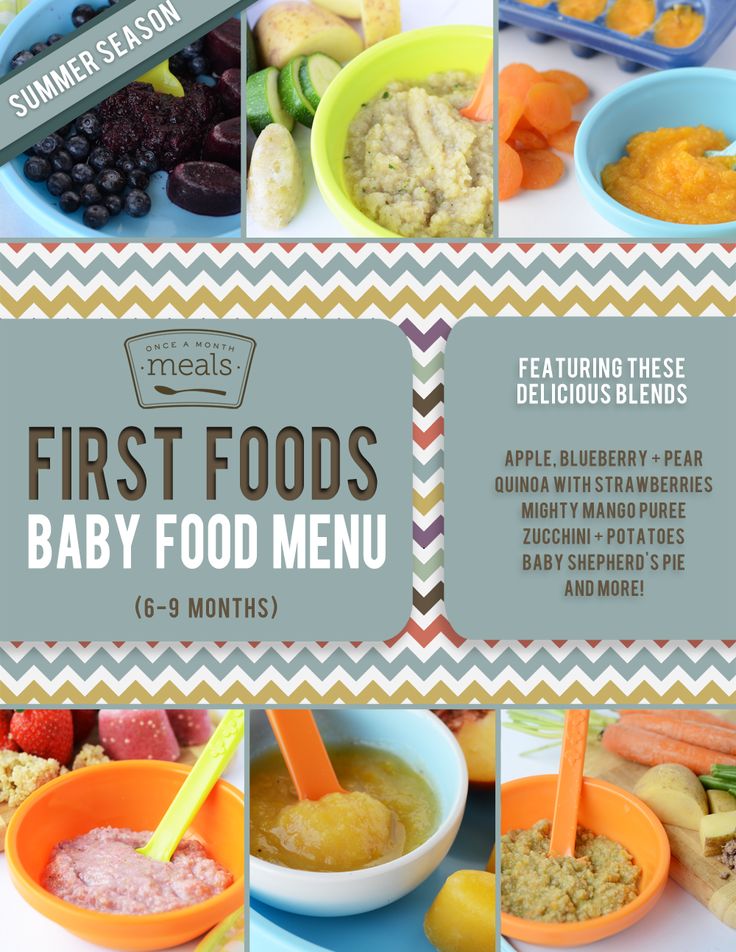 Fermented milk products are prepared using a special starter culture that breaks down milk protein, so that the baby can get an indispensable set of amino acids in a well-available form. Fermented milk products improve the composition of the intestinal microflora of the child, are rich in B vitamins and calcium. Their regular use favorably affects the functioning of the intestines, stimulates appetite, and increases the absorption of micronutrients. Children's dairy products are introduced into the baby's diet gradually, starting with 1 tsp. and with good tolerance increase their volume to 150-200 ml per day. nine0003
Fermented milk products are prepared using a special starter culture that breaks down milk protein, so that the baby can get an indispensable set of amino acids in a well-available form. Fermented milk products improve the composition of the intestinal microflora of the child, are rich in B vitamins and calcium. Their regular use favorably affects the functioning of the intestines, stimulates appetite, and increases the absorption of micronutrients. Children's dairy products are introduced into the baby's diet gradually, starting with 1 tsp. and with good tolerance increase their volume to 150-200 ml per day. nine0003
Sample menu for a healthy baby 8 months
| I feeding 6 hours | Breast milk or infant formula | 200 ml |
| II feeding 10 hours | Dairy-free* or milk porridge Butter Boiled egg yolk Fruit puree Fruit juice | 180 g | nine0024
| III feeding 14 hours | Vegetable puree Vegetable oil Meat puree Fruit juice | 170 g 1/2 tsp 50 g 50 ml |
| IV feeding 18 hours | Cottage cheese Baby biscuits Fruit puree Supplementation with breast milk or baby kefir/yogurt | 40 g |
| V feeding 22 hours | Breast milk or infant formula | 200 ml |
* - diluted with breast milk, infant formula or water
Approximate daily ration for an 8 month old baby allergic to cow's milk proteins
| I feeding 6 hours | Breast milk or formula for children allergic to cow's milk proteins | 200 ml |
| II feeding 10 o'clock | Dairy-free* porridge Vegetable oil Fruit puree (apple, pear) | 120 g 1 tsp 80 g |
| III feeding 14 hours | Vegetable puree Vegetable oil Meat puree | 170 g 1 tsp 40 g |
| IV feeding 18 hours | Vegetable puree or porridge Vegetable oil Meat puree | 170 g 1 tsp 30 g |
| V feeding 22 hours | Breast milk or formula for children allergic to cow's milk proteins | 200 ml |
* - diluted with breast milk or formula for children allergic to cow's milk proteins
approximate diet for a week, menu for a day with artificial and breastfeeding for an 8 month old baby
Published: 02/10/2021
Reading time: 3 min.
Number of reads: 94609
Author of the article: Ponomareva Yulia Vladimirovna
Pediatrician, Candidate of Medical Sciences, Allergist-Immunologist . The process of intensive growth and development continues - the baby is rapidly mastering new motor skills, improving in speech and cognitive activities. nine0003
The pace of growing up and high activity determine the clear requirements for the nutrition of the baby, which must quantitatively and qualitatively meet the needs of children at this life stage. By the 8th month of life, the child's digestive tract is already quite mature. It is able to digest and assimilate the products of the main food groups. Let's look at the basic principles of compiling a baby's diet, and also develop a menu for 8 months, indicating an approximate list of dishes and a meal plan for a week. nine0003
Contents: Hide
- General principles
- A must in the diet
- Sample menu for a week for 8 months
General principles
It is fine if a mother continues to breastfeed at this age Breast milk is no longer the basis of the diet, but continues to be a source of easily digestible and beneficial nutrients, and also protects the baby from many infectious diseases.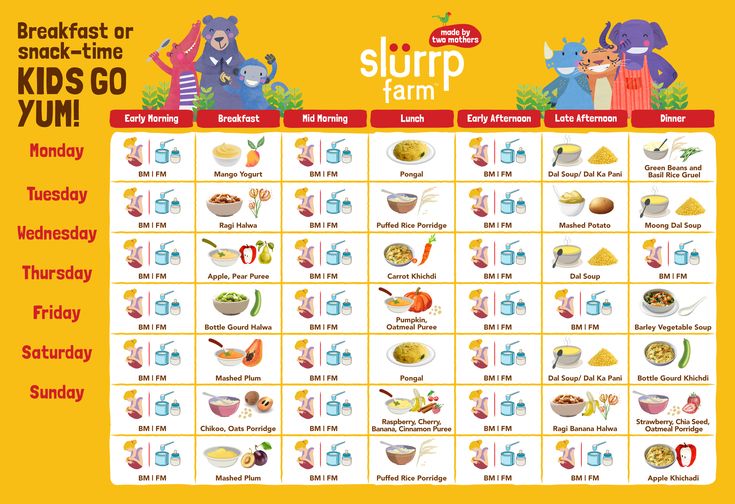 If the baby is artificially fed, use an adapted mixture in the diet that suits him well and matches his age. In addition to breastfeeding, an 8-month-old baby's eating schedule includes 4-5 meals. Of these, three are basic (breakfast, lunch and dinner), two are additional (second breakfast and afternoon tea). The baby already withstands 3.5–4 hours between meals and at least 6 hours at night. The volume of each feeding is 170–200 ml and approximately 1000 ml/g per day. nine0003
If the baby is artificially fed, use an adapted mixture in the diet that suits him well and matches his age. In addition to breastfeeding, an 8-month-old baby's eating schedule includes 4-5 meals. Of these, three are basic (breakfast, lunch and dinner), two are additional (second breakfast and afternoon tea). The baby already withstands 3.5–4 hours between meals and at least 6 hours at night. The volume of each feeding is 170–200 ml and approximately 1000 ml/g per day. nine0003
A must in the diet
Your 8-month-old baby's daily menu should include the main food groups that guarantee the supply of vital nutrients - proteins, fats and carbohydrates. What products must be included in the menu at this age? Porridge is one of the first and most important complementary foods. It is rich in all the main nutrients, provides long-lasting satiety and has a pleasant taste. By the 8th month of life, babies digest and assimilate dishes from various cereals well, therefore, multi-component cereals with natural fruit or vegetable additives, dairy-free or based on specially prepared milk can be used in nutrition. nine0003
nine0003
Vegetables and fruits do not have a high nutritional value, but are a major source of fiber. Therefore, they are also required in the daily menu. Meat complementary foods are a source of protein that is complete in terms of amino acid composition, and a baby should receive 60–80 grams of meat per day. Dairy products are another source of complete protein and easily digestible fat. However, the introduction of non-adapted dairy products can cause allergies and increase the load on the baby's kidneys. In this regard, the menu should contain no more than 50 grams of cottage cheese daily. From 8 months, fermented milk drinks for baby food can be introduced into the diet of a healthy child. nine0003
In addition to animal fats, the daily diet should include vegetable oils as a source of polyunsaturated fatty acids, which are absolutely necessary for a growing organism.
In addition to essential nutrients, a daily intake of vitamins and minerals is just as important.

